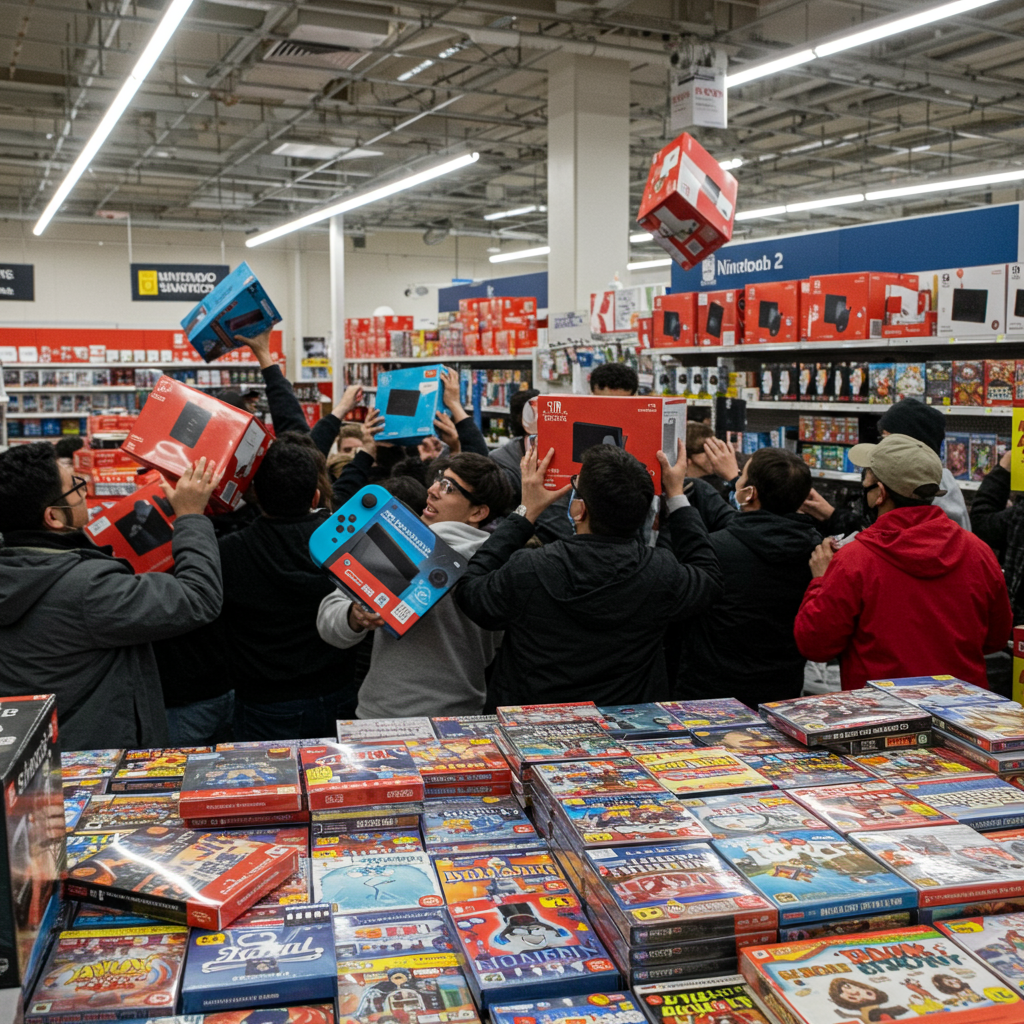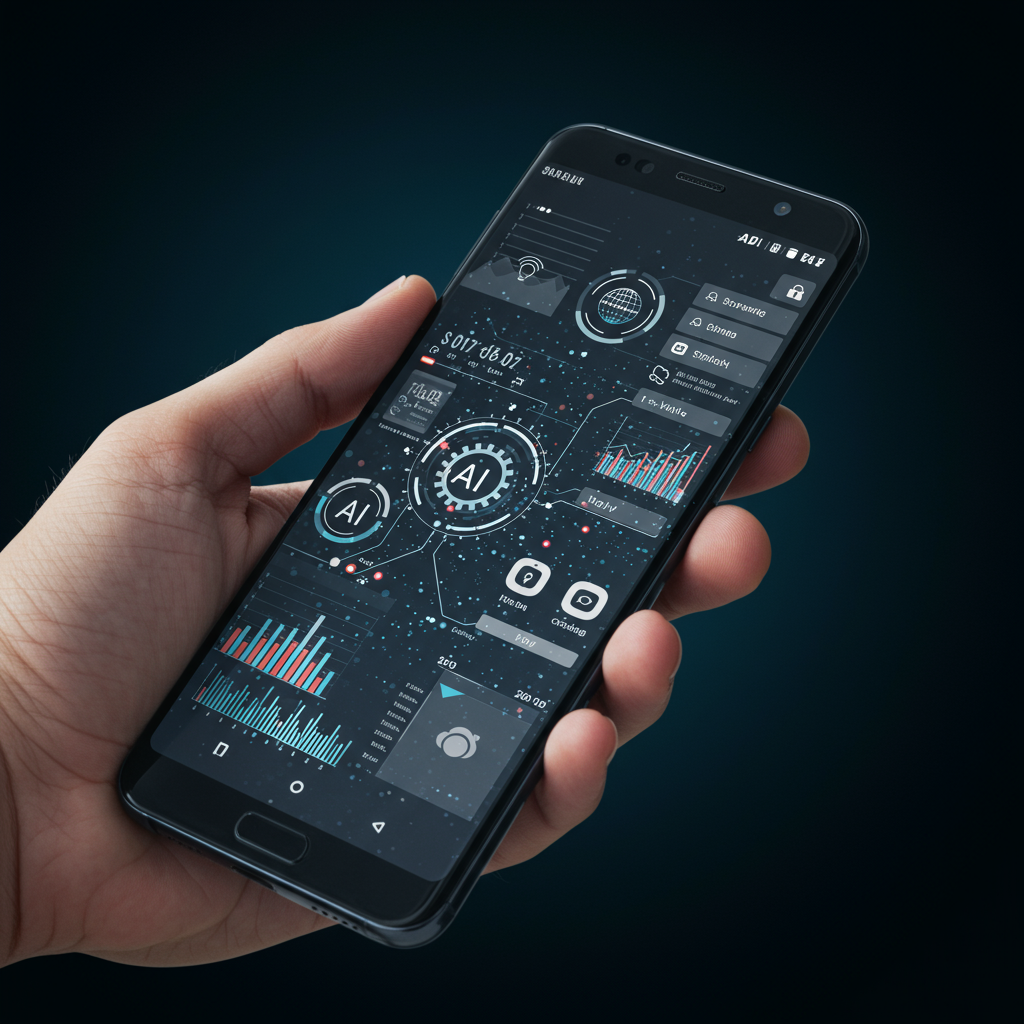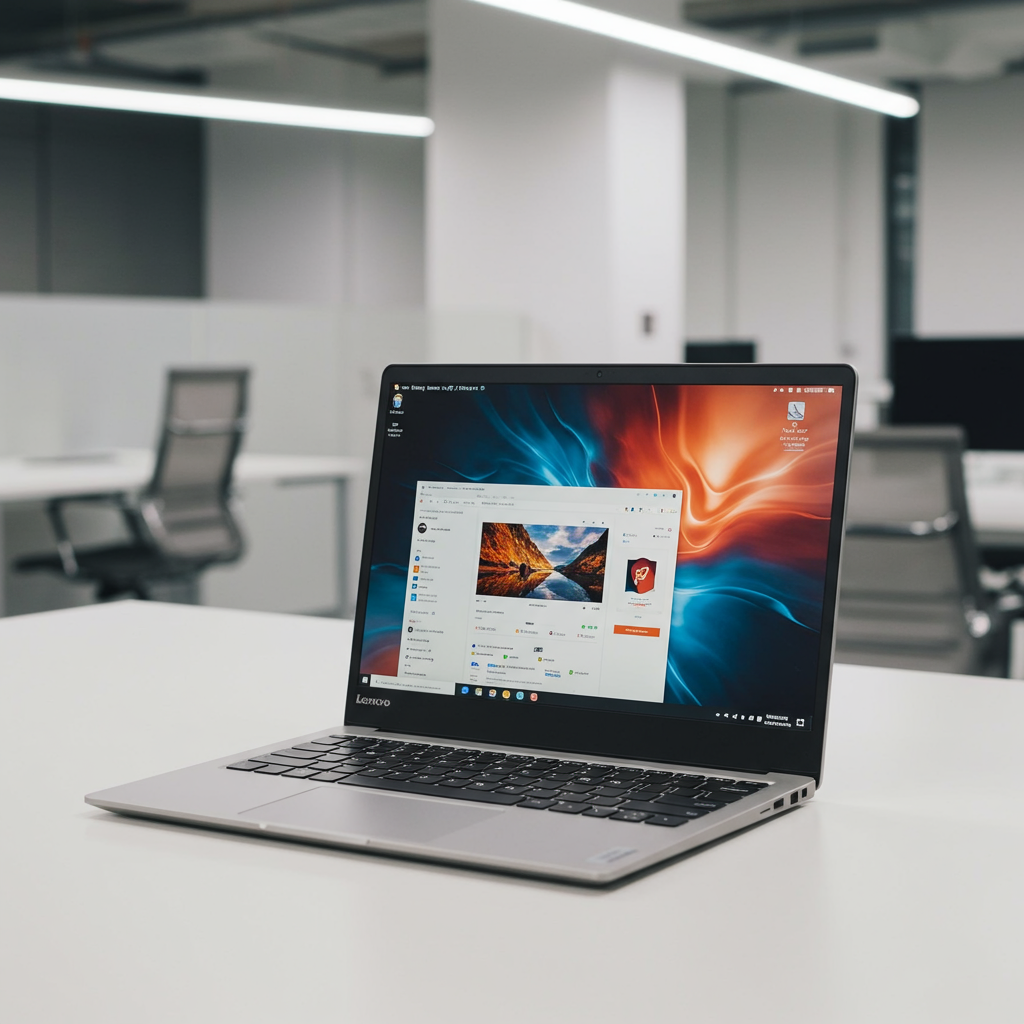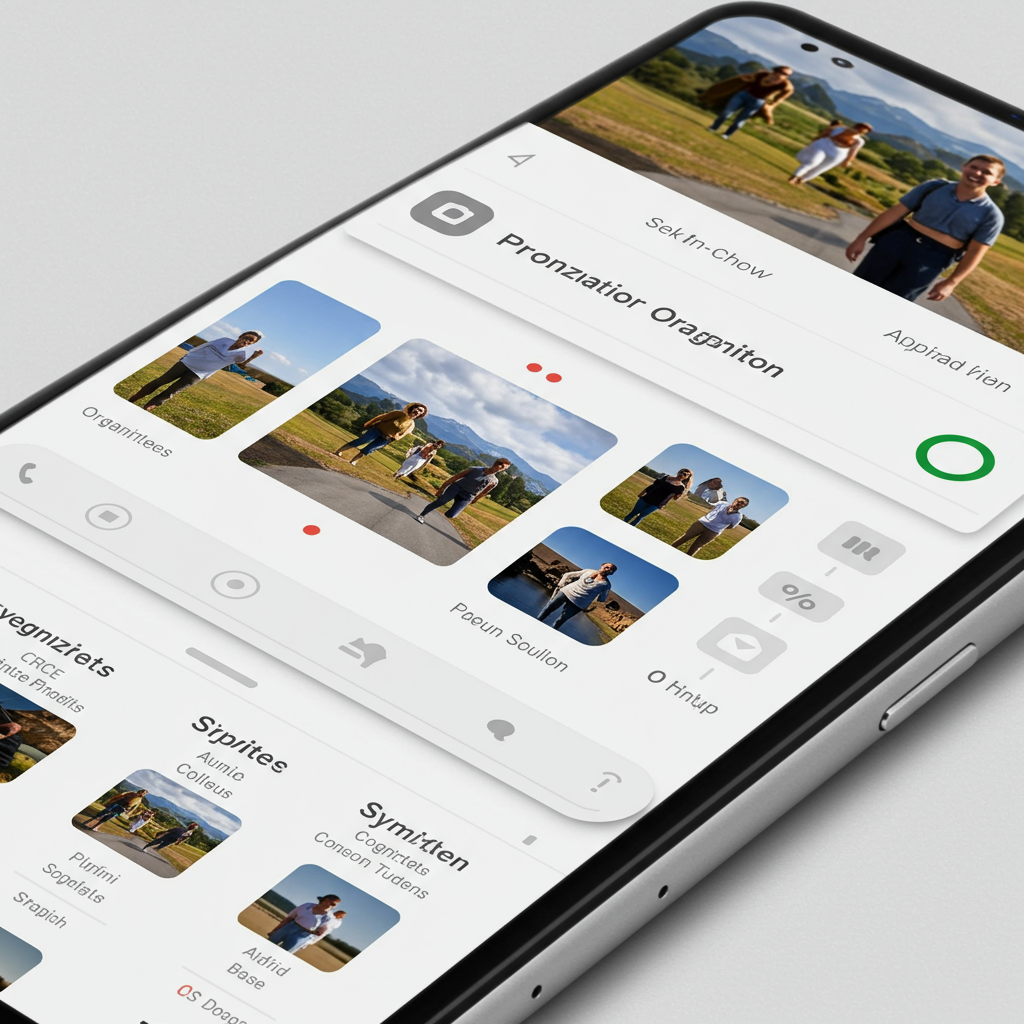The launch of the Nintendo Switch 2 has been met with significant enthusiasm, marked by promising overall console sales figures that broke records within days of release. Yet, beneath the surface of this initial success lies a more complex narrative, particularly concerning the performance of games developed by publishers other than Nintendo.
For decades, a core truth in the gaming world has been that players buy Nintendo consoles primarily for Nintendo’s own iconic franchises. While third-party titles are valuable, they are often experiences also available on competing platforms. Early data suggests the Switch 2 is following a similar pattern, at least for now.
Third-Party Sales Lag Behind First-Party Blockbusters
Reports from publications like The Game Business highlight a stark contrast in early sales trends for the Switch 2 in key markets like the United States and the UK. While early adopters are snapping up the console, their purchasing habits heavily favor Nintendo’s own titles, such as Mario Kart World and The Legend of Zelda: Tears of the Kingdom.
Stats indicate that games from third-party publishers are selling in “very low” numbers compared to their first-party counterparts. One anonymous publisher quoted in reports expressed disappointment, stating sales figures are coming in below their initial estimates. This stands in sharp contrast to the eye-popping performance of games like Mario Kart World, which was reportedly bundled with a staggering 80% of early console sales, with many others likely purchasing it separately.
Cyberpunk 2077: The Notable Exception
Amidst the struggling third-party lineup, Cyberpunk 2077: Ultimate Edition stands out as a significant success story. This port of CD Projekt Red’s futuristic RPG has performed surprisingly well on the new hardware. Several factors contribute to its strong showing:
Renaissance After a Rough Start: The game has undergone substantial improvements through updates and expansions since its rocky initial launch on other platforms, now closely resembling its original vision.
Showcase for Switch 2 Power: As a demanding, open-world title unavailable on the original Switch, Cyberpunk 2077 serves as an impressive technical demonstration for the Switch 2’s enhanced capabilities. Early reports indicate it performs “quite well,” leveraging features like Nvidia’s DLSS upscaling technology to keep Night City vibrant and alive. Players can choose between a Performance mode targeting 40fps (1080p docked, 720p handheld) and a Quality mode aiming for 30fps (1080p docked/handheld).
Unique Features: The Switch 2 version incorporates motion controls for actions like using a katana, and its physical cartridge packaging includes a unique reference to the game.
Comprehensive Package: The Ultimate Edition includes the base game and the acclaimed Phantom Liberty DLC, offering a complete experience for newcomers.
CD Projekt Red’s lead programmer has even described the Switch 2 experience as “the best way to experience the game on the go,” a strong endorsement that likely resonates with portable-focused players.
Unpacking the Reasons for Sluggish Third-Party Sales
Beyond the perennial truth that players prioritize Nintendo exclusives on their consoles, several other factors appear to be contributing to the low early third-party sales:
Ports on Existing Platforms: Many third-party titles available at the Switch 2 launch are ports of games already released on other major platforms, including the original Switch. For players who already own these games or can buy them cheaper elsewhere, there’s less incentive to purchase them again on the new console, especially without exclusive features or significant upgrades that justify the cost.
The Price Hurdle: The Switch 2 carries a notable price tag of $449.99, making it more expensive than some current PlayStation 5 and Xbox Series X/S models. Coupled with higher costs for accessories like the new Joy-Con 2 controllers, this positions the console as a significant luxury purchase. In a broader economic climate where household budgets are tight, consumers may be exercising more selectivity in their game purchases after buying the console itself.
Backwards Compatibility’s Double Edge: While a welcome feature, the Switch 2’s backwards compatibility allows users to play their extensive libraries from the original Switch. This means early adopters aren’t desperate for new content immediately and can revisit beloved titles, many of which are, unsurprisingly, Nintendo’s own classics, now potentially enhanced by the new hardware’s capabilities.
Confusion with Physical Media: Reports suggest some consumers are experiencing friction with the concept of “game key cards” for certain physical releases. These cards often require a digital download despite being a physical purchase, which can be confusing. Additionally, the existence of games available on both the original Switch and Switch 2 has led to some accidental purchases of the wrong version.
Early Hardware Experience Challenges: Beyond the core sales reasons, early adopters have also encountered specific technical hurdles. For instance, setting up High Dynamic Range (HDR) on the Switch 2 has proven notoriously difficult and non-intuitive, leading to potentially “washed out” graphics if not calibrated correctly. While not directly impacting sales data, such early frustrations could potentially affect the perceived value and showcase potential of early third-party titles.
Limited Early Visibility: Nintendo’s decision not to provide review units for major publications at launch impacted coverage. Media outlets had to scramble to acquire and review big-ticket games, potentially limiting early visibility and awareness of a wider range of third-party titles beyond the most anticipated ones.
The Broader Picture and What Lies Ahead
Despite the challenges for third-party sales, it’s crucial to reiterate the strong overall launch performance of the Switch 2 console itself. However, drawing direct comparisons to past console launches like the original Switch or competitor launches can be complex due to differences in initial stock availability (the Switch 2 seemingly had more units) and the number of physical games available at launch (the original Switch had fewer).
The narrative around third-party support for the Switch 2 is still in its early chapters. The original Switch eventually became a celebrated platform for indie games, and perhaps the Switch 2 will follow suit over time. However, the competitive landscape has evolved significantly since 2017. The market now features a growing number of high-powered portable gaming machines, creating a different environment for the Switch 2 to attract and retain third-party support compared to its predecessor.
Ultimately, the early sales data for the Switch 2 paints a picture of a console off to a strong start based on its own appeal and the enduring power of Nintendo’s first-party catalog. Yet, it also highlights the significant challenge third-party publishers face in convincing early adopters to invest in their games amidst a high console price, existing libraries, and a competitive market. The story of third-party success on the Switch 2 is far from over, but the initial trends underscore the unique dynamics of the Nintendo ecosystem.




